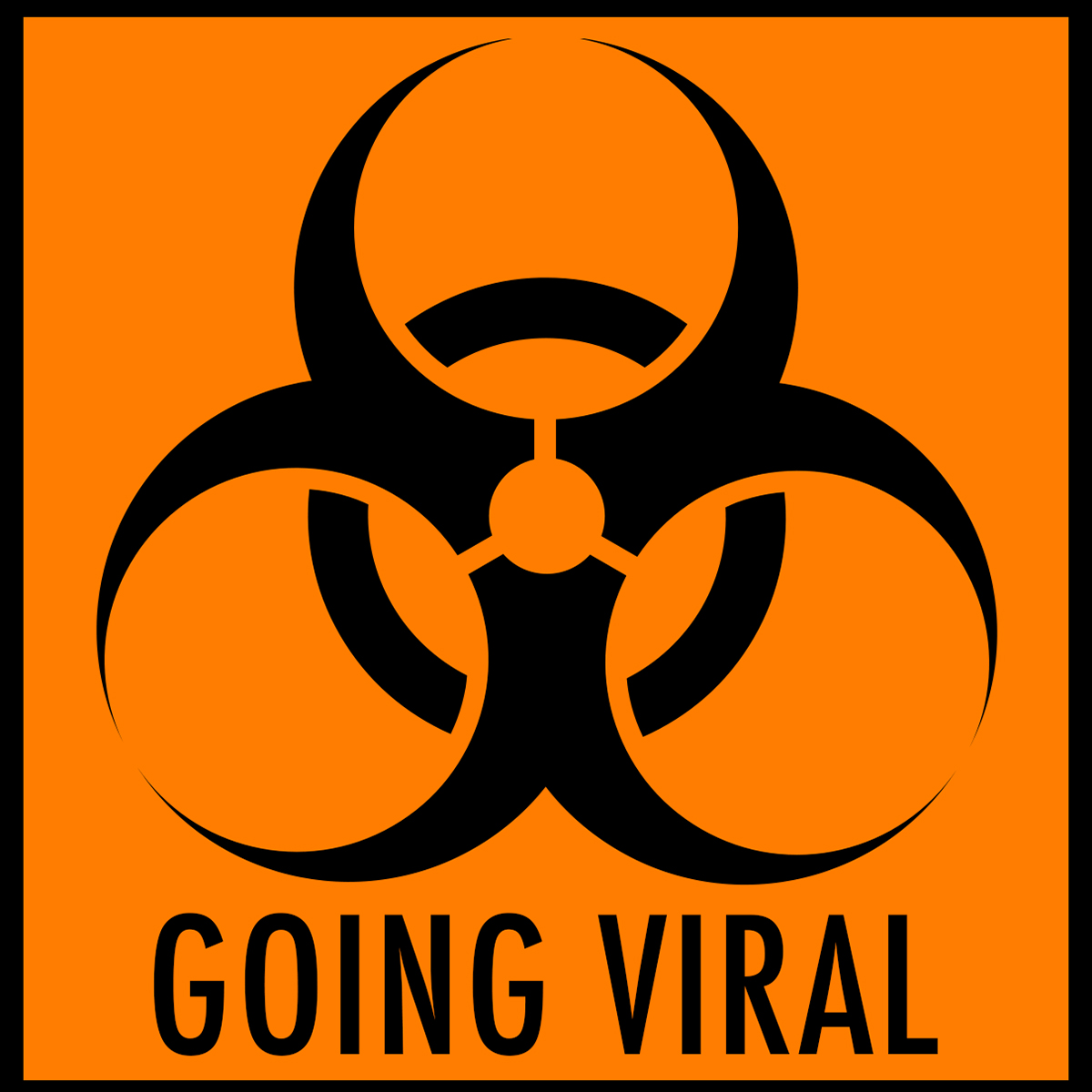Over the next few days, I will post excerpts from my book Going Viral: Zombies, Viruses, and the End of the World. Taking a look at these fictional narratives before and even during an outbreak can help us see what to do and, more important, what not to do in real life. They can also remind us—even while this all feels so scary—that we have seen this before.
Our fears of—and fascination with—viral outbreaks have only intensified since the early 1990s as a result of several factors: one, a growing fear of viral outbreaks following the discovery of HIV in 1981; two, the continued efforts of scientists and doctors to draw attention to emerging viruses; and third, the increasing pervasion into daily life of disaster-driven news media that virally spreads news of impending death and catastrophe, allowing perceptions of risk to increase exponentially.
Significantly, it is not that we now live with more risk than before but that we have become more aware of those risks.
As German sociologist Ulrich Beck points out, “It is not clear whether it is the risks that have intensified or our view of them. Both sides converge, condition each other, and because risks are risks in knowledge, perceptions of risks and risks are not different things, but one and the same.” Current conditions of communication and information access guarantee the spread of risk perception to more people, and faster, than ever before.
The fears that manifest on the news or in our lives feel especially discomforting because, in the twenty-first century, science and technology were meant to have eradicated uncertainty and risk. At the very least, they were meant to make our lives more controlled and safe. However, it is precisely science and technology, as well as globalization, which have created a new set of risks. We cannot protect ourselves against the dangers of radioactive emissions, global warming, viral outbreaks, terrorism, or an eroding ozone layer.
Significant to these risks is not only the inability to insure against them but that they are not limited to a particular geographic area, demographic, or temporal dimension.
Pandemics—and specifically fear of contagion—trigger a specific kind of fear and anxiety created by events with no end point or temporal dimension. For instance, according to American sociologist Kai Erikson, a specialist in the social consequences of catastrophic events, emergencies without distinct beginnings or ends “are often harder to deal with” than events, like earthquakes, which happen and then end. In this case, “the danger one is exposed to has no duration, no natural term; and as a result one remains in a permanent state of alarm and anxiety.” Erickson talks specifically about toxins, but toxins work much like contagions: “They contaminate rather than merely damage; they pollute, befoul, and taint rather than just create wreckage . . . And the evidence is growing that they scare human beings in new and special ways, that they elicit an uncanny fear in us.”
Like toxic emergencies and global terrorism, globalized contagion is open-ended and messy. There is nowhere to hide. Anyone, anywhere may fear infection, however implausible those fears may actually be.
The outbreak narrative—with its explicit depictions of viral outbreak, its portrayals of bodily failure and decay, its literalization of ineffective borders and dangerous sources of contagion, and its portrayal of changing understandings of health and disease—is uniquely suited for an investigation of these fears. After all, its fusion of science fiction and horror allows it to explore not only our darkest fears of where the world might be headed, but to do so in a way that can feel chillingly plausible, bridging the gap between fantasy and reality.
How a society responds to disease, especially epidemic disease, can illuminate its relationship not only to science and medicine, but also to illness, fear, death, and identity. Studying how outbreak narratives evolve can provide a useful starting point for tracing the evolution of that response.


Recent Comments